Routes to Self-Build: Managing Your Own Build
Over the past two articles on routes to self-build, I’ve looked at the merits of using a professional project manager or a main contractor to oversee your build. This time, I’m putting the spotlight on what it takes to run a scheme yourself.
Taking on the project management role has the potential to save you significant sums of money – but it’s imperative that you don’t fall into the trap of underestimating the time and commitment you’ll need to put in.
I’m not going to tell you it’s easy to do, because it isn’t. In fact, if things don’t go according to plan it can be very stressful. On the other side of the coin, successfully managing your own self-build will be one of the most rewarding things you ever do. So – hard hats and hi-vis jackets on – let’s look at what’s involved.
Why manage your own scheme?
If you have agreed a fixed price with your builder, should it all go pear shaped, you would not expect them to come to you cap-in-hand apologising for the situation while asking for more money to put things right. On the contrary, you’d expect them to sort it out and bear the cost of their mistake.
It follows that when you take on project management yourself the buck, quite literally, stops with you. So you will have to sort out and pay for problems as they arise.
Your job is therefore risk management; namely minimising the chances of mistakes happening and ensuring that what you are paying for is what you wanted. This takes time and attention to detail, which means you will need to be involved in every aspect of the project.
If that sounds like a lot to take on, it’s not all doom and gloom. Many self-builders successfully run their own sites despite having no experience at all of the construction industry. If you think about it, we undertake project management in our day-to-day lives all the time.
It’s no different when building a house. You don’t need to know how to lay bricks, but you do need to know where to find a decent bricklaying gang, how much they will cost and when they will be required on site.
Closer look: A traditional self-buildLocation: Cambridgeshire Details: The Searles shared project management duties for their scheme, with Rob organising contractors and day-to-day management and Sandra overseeing the finances. They took a shell build route, using Scandia Hus to design and erect the timber frame superstructure, and kept their architect on board to help ensure follow-on trades stayed true to the original design. The 313m2 house, which includes a basement, was completed ahead of schedule in just 46 weeks at a cost of £548,398 (plus £315,000 for the land). It’s now valued at £950,000. |
Going it alone
If you are feeling brave and have the time, you can source and hire all the individual trades yourself. If you hire good tradesmen and not just the cheapest people you can find, you will soon see that building a typical family house isn’t rocket science.
You’ll be working with people who do it all the time, so managing them can be relatively straightforward. Your main role will be co-ordinating everyone so they are in the right place at the right time, making sure they do what they’re supposed to and, if so, paying them on time for work they’ve done and the materials used.
Quality control
One of the biggest worries with a self-managed build is that you may not realise when a job is not being done correctly until it is too late. We all have a different take on what ‘good’ looks like.
Some will be perfectionists railing at every perceived defect and stray blob of mortar, while others will be happy just to see reasonable progress being made every day.
One way of gaining reassurance is to hire a ‘contract oversight’ project manager to act as your eyes and ears on the site. He or she will conduct regular visits and produce reports for a small percentage of the projected construction cost.
Don’t forget that building control and your structural warranty provider will be checking the essential work is being done correctly as well – so it’s quite hard to build a structurally poor house these days.
Closer look: demolish & rebuildLocation: Hertfordshire Details: Mak and Maryam Baradaran originally appointed a general builder to oversee their project. But when they returned from a family emergency, having left plans and clear instructions with the team, progress wasn’t up to scratch. “One wall had been built in the wrong place and there were problems with some of the steelwork,” says Mak, who quickly dismissed the workforce and took over the project management himself. Mak worked tirelessly to source the best and most cost-effective materials for his high-quality home. The couple spent £325,000 on the original house and £340,000 on the rebuild, and now have a tailor-made home valued at £1,200,000. |
The right approach
Self-managing a project means that you will be the boss. You choose who gets hired and, if necessary, who is not up to the job and needs to go. You’ve almost certainly worked for a variety of people at different times and I bet you can recall who was good to work for and who wasn’t.
Be more like the former and I’d suggest you would get better results from your trades, as they’ll enjoy being on your job. Act more like the latter and don’t be surprised if nobody wants to turn up or people rush the work in order to get away.
I think that one of the best ways to ensure a successful self-build is to make your site a safe and pleasant working environment. Keep it clean, tidy and organised, supply a site hut and the facilities to make a cup of tea and provide a good stock of biscuits.
Say thanks for work done well and accept that things will sometimes go awry; ‘stuff’ will happen on even the best managed sites. Just when you’ve solved one problem, the next issue won’t be far away – and it’s this that will take up your time.
When things do go wrong, don’t assume it’s always wilful neglect or incompetence. Most trades will be striving to do good work for you because they will be looking to you for a reference for their next job.
If something goes wrong it’s probably down to poor communication, so be clear about what needs to be done, who’s doing it and to what standard.
Should I take the plunge?
If you are fairly well organised, have half-decent communications skills and can deal with the inevitable stress, then by all means, give self project-management a go.
I think common sense and a sense of humour are two of the most important qualities you need – and if you can bring these to the project, you may find you have the time of your life. If you fear you’ll struggle in any of these areas, then your best bet will probably be to refer back to my previous two articles in this series and leave the project management in the hands of the professionals.

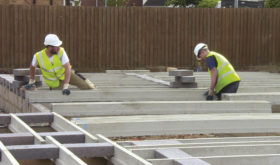




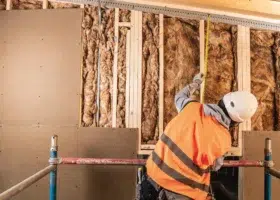
























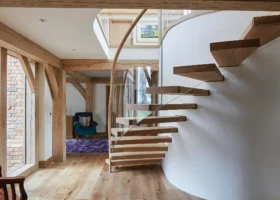

















































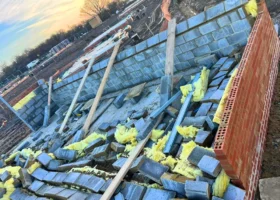








 Login/register to save Article for later
Login/register to save Article for later



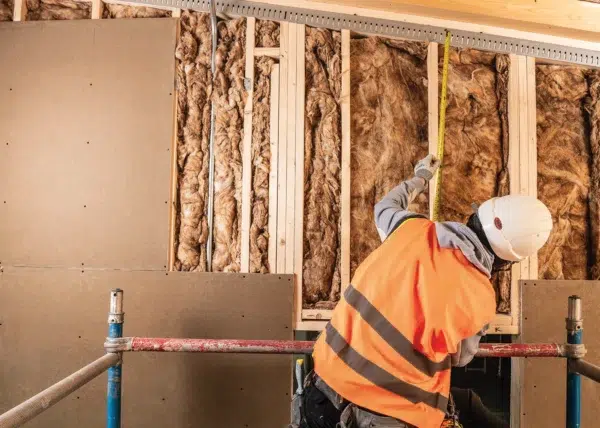
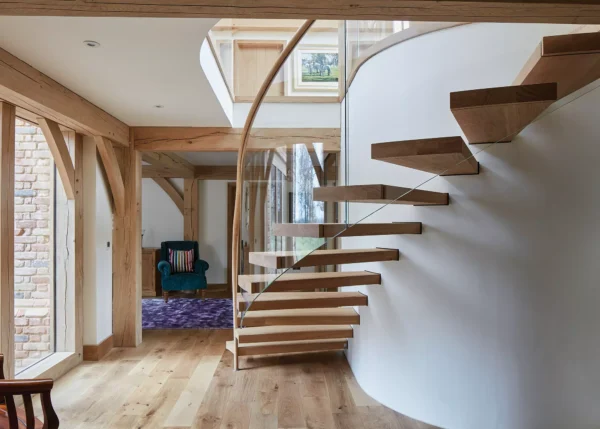
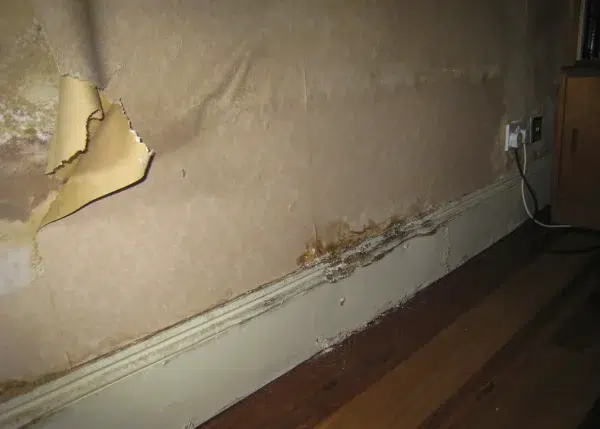









Comments are closed.